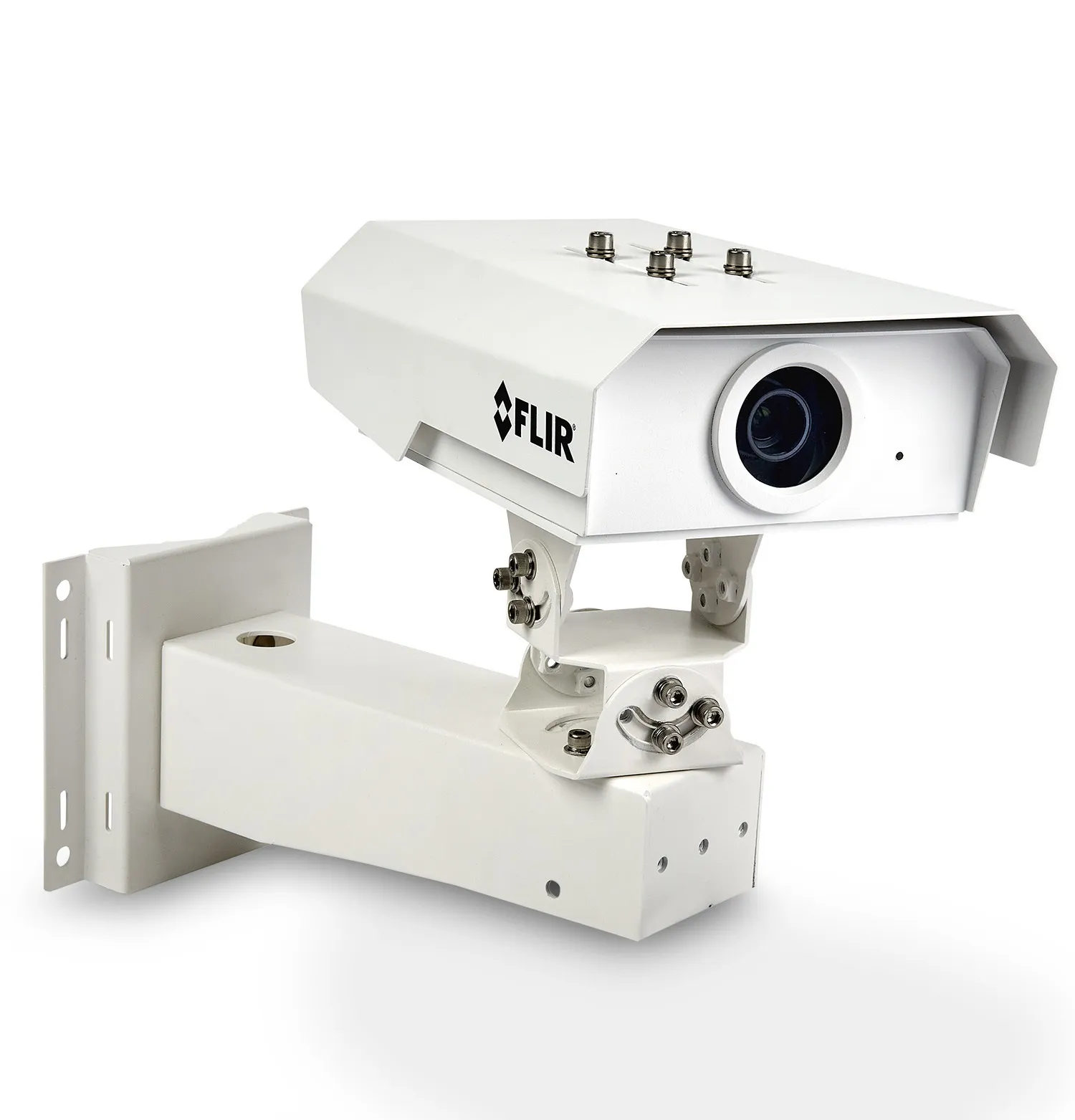New analysis from Frost & Sullivan, Original Equipment Manufacturer (OEM) Strategies for Driver Monitoring Systems in Europe, indicates that, as the loss of driver attention due to fatigue or drowsiness is a common cause of road accidents worldwide, there is a clear need for driver monitoring systems (DMSs) globally.
DMSs can analyse driver behaviour or detect patterns tending towards micro-sleep to issue appropriate warnings and help revive the driver’s focus. Several original equipment manufacturers (O
November 9, 2015
Read time: 3 mins
New analysis from 2097 Frost & Sullivan, Original Equipment Manufacturer (OEM) Strategies for Driver Monitoring Systems in Europe, indicates that, as the loss of driver attention due to fatigue or drowsiness is a common cause of road accidents worldwide, there is a clear need for driver monitoring systems (DMSs) globally.
DMSs can analyse driver behaviour or detect patterns tending towards micro-sleep to issue appropriate warnings and help revive the driver’s focus. Several original equipment manufacturers (OEMs) have therefore adopted behaviour-based DMS that employ frontal cameras, steering angle sensors and sensors on the steering wheel.
However, the current generation of behaviour-based sensors used in passenger vehicles is capable of harbouring only two to three functions at most. Many vehicle OEMs are therefore moving from behaviour-based DMSs towards advanced inward-looking camera-based systems.
The analysis finds that the total DMS shipment in the passenger vehicle market was approximately 4.44 million units in 2014 and estimates this to reach 5.61 million by 2021.
“Due to the need to improve existing functions, while adding new ones to enhance the human-machine interface (HMI), OEMs are exploring vision-based sensors such as infrared mono or stereo cameras facing the driver,” said Frost & Sullivan intelligent mobility senior research analyst Anirudh Venkitaraman. “With the aid of these products, OEMs are planning the introduction of functions such as gesture recognition, mood detection, eye monitoring, driver identification and health monitoring.”
Deciding on the number of functions to provide within DMS and sharing the hardware cost across safety and HMI functions will prove vital for OEMs. It will also be worthwhile to offer a value justification for customers to invest in DMS-equipped vehicles with feature additions and partner with capable suppliers to develop cost-competitive solutions.
“For now, even though several tier-one suppliers possess a strong DMS sensor portfolio, vehicle OEMs’ approach to adoption has not been aggressive enough,” noted Venkitaraman. “While certain OEMs offer DMS as a standard fitment in their vehicle line-up, many others look to extend this technology only as an option.”
Over time, vehicle OEMs will realise that adding more driver interactive features within DMS will enable them to pitch the technology not only as a safety enabler but also as one’s personal assistant while driving. They will find that DMS has special importance in the context of semi and highly automated driving as well as manual driving.
DMSs can analyse driver behaviour or detect patterns tending towards micro-sleep to issue appropriate warnings and help revive the driver’s focus. Several original equipment manufacturers (OEMs) have therefore adopted behaviour-based DMS that employ frontal cameras, steering angle sensors and sensors on the steering wheel.
However, the current generation of behaviour-based sensors used in passenger vehicles is capable of harbouring only two to three functions at most. Many vehicle OEMs are therefore moving from behaviour-based DMSs towards advanced inward-looking camera-based systems.
The analysis finds that the total DMS shipment in the passenger vehicle market was approximately 4.44 million units in 2014 and estimates this to reach 5.61 million by 2021.
“Due to the need to improve existing functions, while adding new ones to enhance the human-machine interface (HMI), OEMs are exploring vision-based sensors such as infrared mono or stereo cameras facing the driver,” said Frost & Sullivan intelligent mobility senior research analyst Anirudh Venkitaraman. “With the aid of these products, OEMs are planning the introduction of functions such as gesture recognition, mood detection, eye monitoring, driver identification and health monitoring.”
Deciding on the number of functions to provide within DMS and sharing the hardware cost across safety and HMI functions will prove vital for OEMs. It will also be worthwhile to offer a value justification for customers to invest in DMS-equipped vehicles with feature additions and partner with capable suppliers to develop cost-competitive solutions.
“For now, even though several tier-one suppliers possess a strong DMS sensor portfolio, vehicle OEMs’ approach to adoption has not been aggressive enough,” noted Venkitaraman. “While certain OEMs offer DMS as a standard fitment in their vehicle line-up, many others look to extend this technology only as an option.”
Over time, vehicle OEMs will realise that adding more driver interactive features within DMS will enable them to pitch the technology not only as a safety enabler but also as one’s personal assistant while driving. They will find that DMS has special importance in the context of semi and highly automated driving as well as manual driving.









